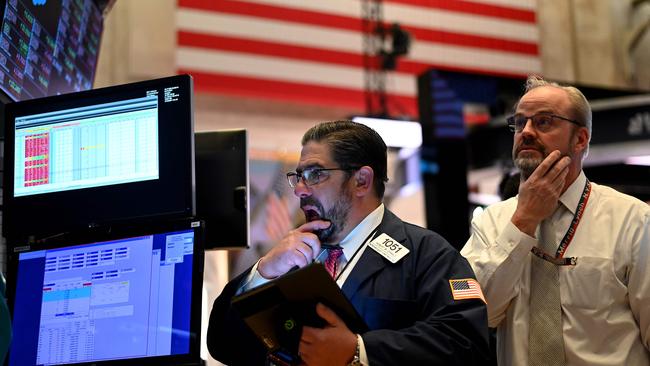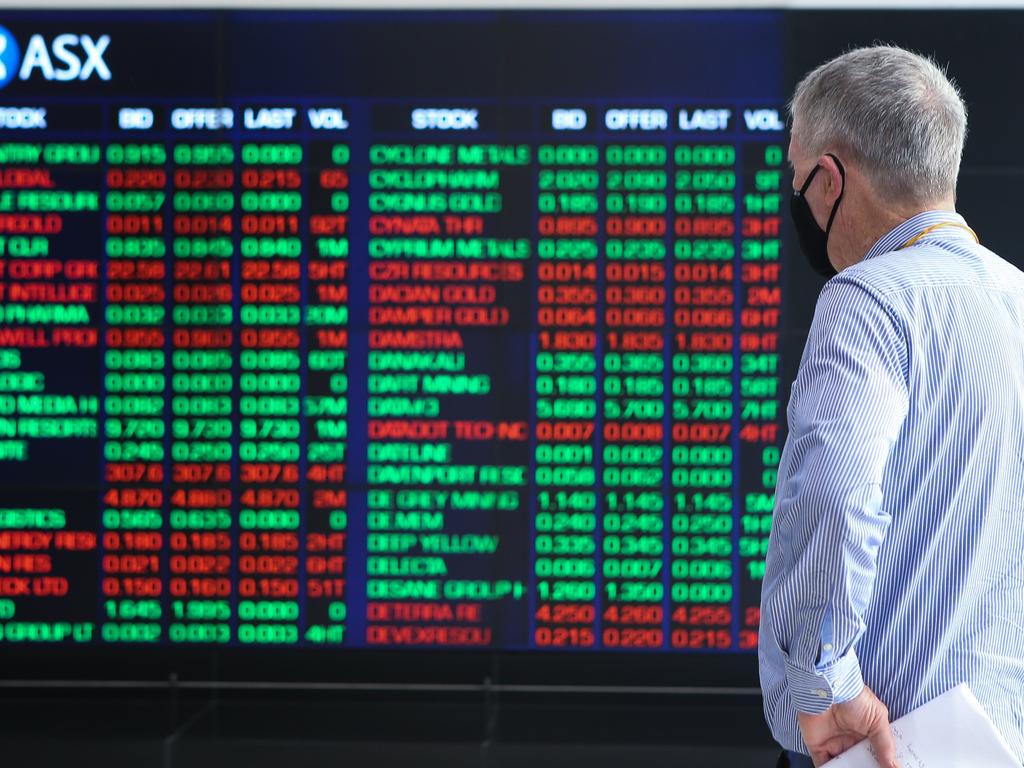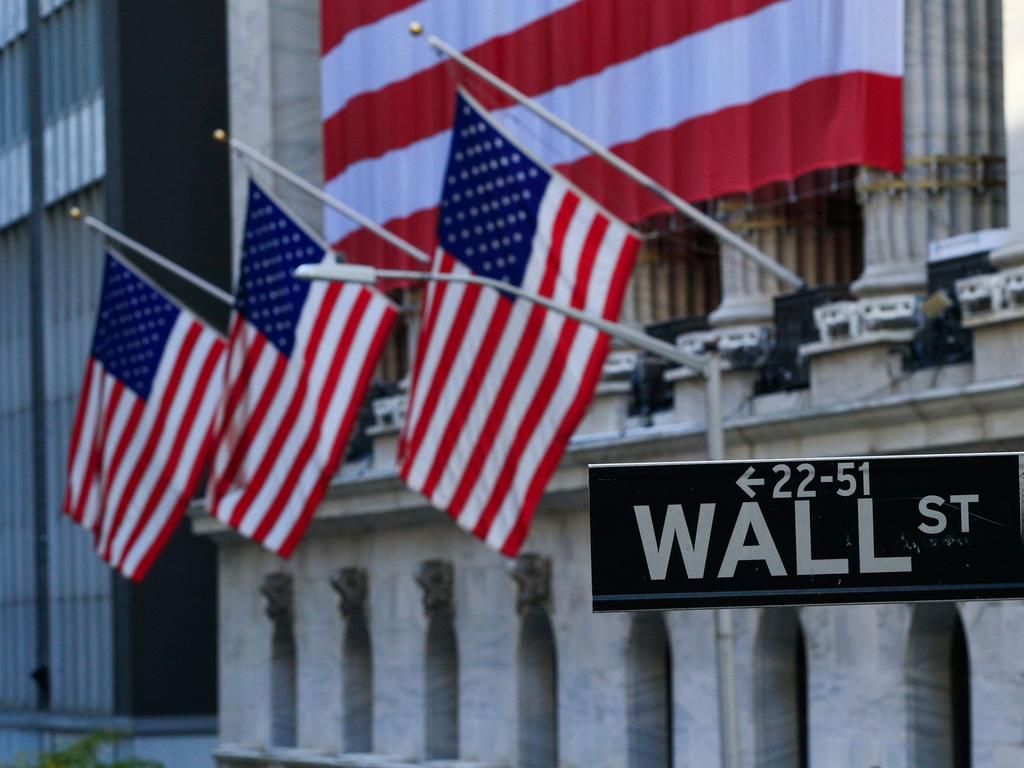Why does the Dow Jones Industrial Average matter? Everything you need to know
After more than a century of tracking the stocks of big US companies, the blue-chip index finally topped 30,000.

The Dow Jones Industrial Average crossed the 30000 mark for the first time Tuesday, after more than a century of tracking the stocks of big US companies. The blue-chip index’s ups and downs tell the daily story of financial markets for many on Main Street, just as its evolution since 1896 shows how the economy has changed.
Here is what you need to know:
Q: What is the Dow Jones Industrial Average?
A: The Dow tracks the stocks of 30 large U.S. companies. It includes all major industry sectors except utilities – which, along with transportation stocks, are represented in separate indexes – and real estate. The Dow started as a gauge of “smokestack” industrial and raw-materials companies but has evolved alongside the U.S. economy into a much broader mix of firms.
Q: How is the Dow calculated?
A: The Dow is calculated by summing the prices of the 30 stocks and dividing by a factor, the “Dow divisor,” that helps to smooth over infrequent changes like stock splits and new index entrants. The current divisor is 0.15198707565833. (Since the divisor is less than 1, the resulting “average” is greater than the sum of the stock prices.) Q: How is the Dow Jones Industrial Average different from other benchmarks, such as the S&P 500?
A: The Dow is weighted by share price. Other indexes such as the S&P 500 are weighted by market value. This creates some anomalies in how the two indexes rise and fall. A large rise in UnitedHealth Group Inc., which closed Tuesday at about $336, has a much larger impact on the Dow than an equivalent rise in Apple Inc., which traded at about $115. But Apple is about six times as large as UnitedHealth by market value – so trading in Apple shares has a larger impact on the S&P than does similar trading in UnitedHealth.
Q: What are the origins of the Dow?
A: Charles Dow, the first editor of The Wall Street Journal and co-founder of Dow Jones & Co., the publisher of the Journal, created the Dow average to help explain stockmarket movements to his readers. An average of 12 stocks was published daily in the Journal beginning in 1896. (An earlier stock average, consisting mostly of railroads, was printed in a predecessor publication in 1884.) The industrial average expanded to 20 names in 1916 and 30 companies in 1928.
Q: Do any original members of the Dow remain?
A: No. Before it was replaced by Walgreens Boots Alliance Inc. in 2018, General Electric Co. was the last member of the original 1896 group, though GE had been removed and reinstated in the intervening years.
Before its removal in August, the longest-tenured member of the Dow was Exxon Mobil Corp., which joined the index in 1928 as Standard Oil of New Jersey. Now, Procter & Gamble Co., which was added in 1932, holds that title. Companies that have come and gone over the years include Sears Roebuck & Co., Studebaker, Woolworth and National Cash Register.
Q: How often does the Dow membership change?
A: There is no schedule. Some companies have left and later returned. International Business Machines Corp. was added in 1932, dropped in 1939 and reintroduced 40 years later. Coca-Cola Co. joined in 1932, dropped out in 1935 and reappeared in 1987. Both companies are in the Dow today.
Q: Who decides which stocks go in the Dow?
A: Membership is determined by a committee of representatives of S&P Dow Jones Indices and the Journal. The committee considers U.S.-based firms with “excellent reputation” and capacity for sustained growth that are well-followed by investors, according to the index methodology.
Q: How much money follows the Dow?
A: At the end of 2019, about $28 billion was indexed to the Dow in investment products that sought to replicate its performance, according to S&P Dow Jones Indices. For the S&P 500, that figure stood at $4.6 trillion.
Q: How much do 1,000-point moves in the Dow matter?
A: Not as much as they used to. Back on Oct. 19, 1987 – known on Wall Street as Black Monday – the Dow plummeted 22.6%, a loss of 508 points that left it at 1738.74. From 30000, a loss of 508 points would represent a decline of 1.7% – a fall that has been exceeded on more than 30 trading days this year.
The Wall Street Journal






To join the conversation, please log in. Don't have an account? Register
Join the conversation, you are commenting as Logout